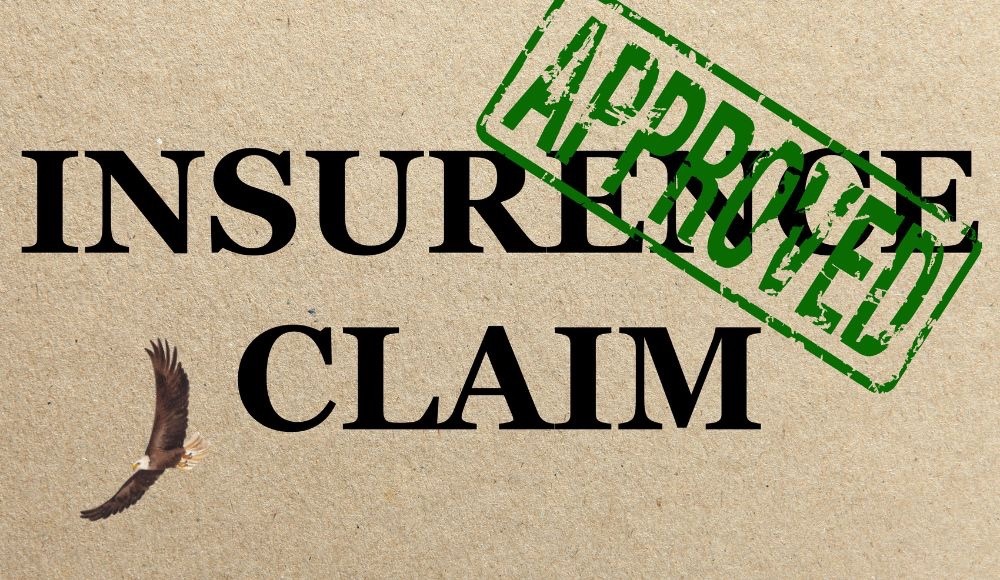
Filing a truck insurance claim involves several steps to ensure your claim is processed smoothly and efficiently. Here is what you should know:
Steps to File a Claim
- Ensure Safety First
- Move to a safe location if possible.
- Call emergency services (911) for injuries or significant damage.
- Seek medical attention if needed.
- Document the Scene
- Take clear photos or videos of:
- The accident scene
- All vehicles involved
- Visible damages
- Road conditions and traffic signs
- Collect contact information from:
- Other drivers involved
- Witnesses
- Responding officers
- Notify Your Insurance Company
- Contact your truck insurance provider immediately (many offer 24/7 claims service).
- Provide initial details of the incident:
- Date, time, and location
- Description of what happened
- Names of involved parties and their insurance information
- File the Claim
- Complete any required claim forms from your insurer.
- Submit supporting documentation:
- Police report (if applicable)
- Photos, videos, and witness statements
- Repair estimates
- Cooperate with the Insurance Adjuster
- An adjuster may inspect your truck and review the damage.
- Be honest and thorough when answering questions.
- Access logs or electronic logging device (ELD) data if requested.
- Follow Up
- Keep track of your claim number and the adjuster’s contact information.
- Follow up regularly if there are delays.
- Ask for a clear timeline for claim resolution.
- Review the Settlement
- Once the insurance company processes your claim, review the offer carefully.
- If you disagree with the settlement, you can:
- Request a review or appeal
- Submit additional evidence
- Seek legal advice, if necessary
Additional Tips:
- Commercial Truck Insurance may involve special coverages like cargo insurance, liability, or trailer interchange. Make sure to file under the correct coverage type.
- Maintain records of all repairs, communications, and claim documents.
Documentation Needed
When you file a truck insurance claim, you must have comprehensive documentation to support your case and ensure a smooth claims process. Below is a list of the essential documents and evidence typically needed:
Insurance and Identification Documents
- Valid truck insurance policy
- The driver’s license of the operator involved in the incident
- Insurance information for all parties involved (policy numbers, insurance cards)
Accident and Scene Documentation
- Police report or accident report (if available or required by law)
- Photographs of the accident scene, vehicle damage, visible injuries, road conditions, weather, and traffic signs
- Witness statements and contact information
Vehicle and Cargo Records
- Cargo paperwork or bill of lading (to verify the nature and value of the cargo)
- Truck maintenance logs (to demonstrate compliance with safety regulations)
- Weigh station records and toll receipts (to establish the truck’s route and timing)
Medical and Financial Records
- Medical records, diagnostic images (X-ray, MRI, etc.), and photographs of injuries
- Hospital, ambulance, pharmacy, and home care bills/receipts
- Employment records, pay stubs, or tax returns (to document lost wages or income)
- Property damage estimates, repair invoices, or documentation of the vehicle’s actual cash value
Additional Supporting Evidence
- Cell phone records (if distracted driving is suspected)
- Truck’s electronic logging device (“black box”) data, if available
- Any correspondence with the insurance company (claim forms, adjustment records, emails, letters, notes from phone calls)
Timelines for Truck Insurance Claim Processing
Truck insurance claim timelines can vary based on the complexity of the case, the availability of documentation, and the responsiveness of all parties involved. Here’s what to expect:
- Claim Acknowledgment: Insurers typically must acknowledge receipt of your claim and begin the investigation within 15 days of filing.
- Investigation and Determination: After receiving all required information, insurance companies generally have another 15 days to investigate and decide about your claim.
- Payment: If your claim is approved, payment should arrive within 5 days after the decision.
- Overall Timeline: Simple claims (minor damage, clear liability) can be resolved within a few weeks. More complex claims, especially those involving injuries, disputed liability, or extensive documentation, may take several months to settle.
Contact us for the Best Prices on Commercial Truck Insurance!
We are independent brokers here at American Insuring Group. Our agents shop the market for the best quality insurance rates that match your needs! Call us today at (610) 775-3848 or online for the best truck and commercial vehicle insurance rates!






 Whether you’re heading to work, driving your kids around, or tackling daily errands, there’s a strong possibility you’re surrounded by drivers without
Whether you’re heading to work, driving your kids around, or tackling daily errands, there’s a strong possibility you’re surrounded by drivers without 








